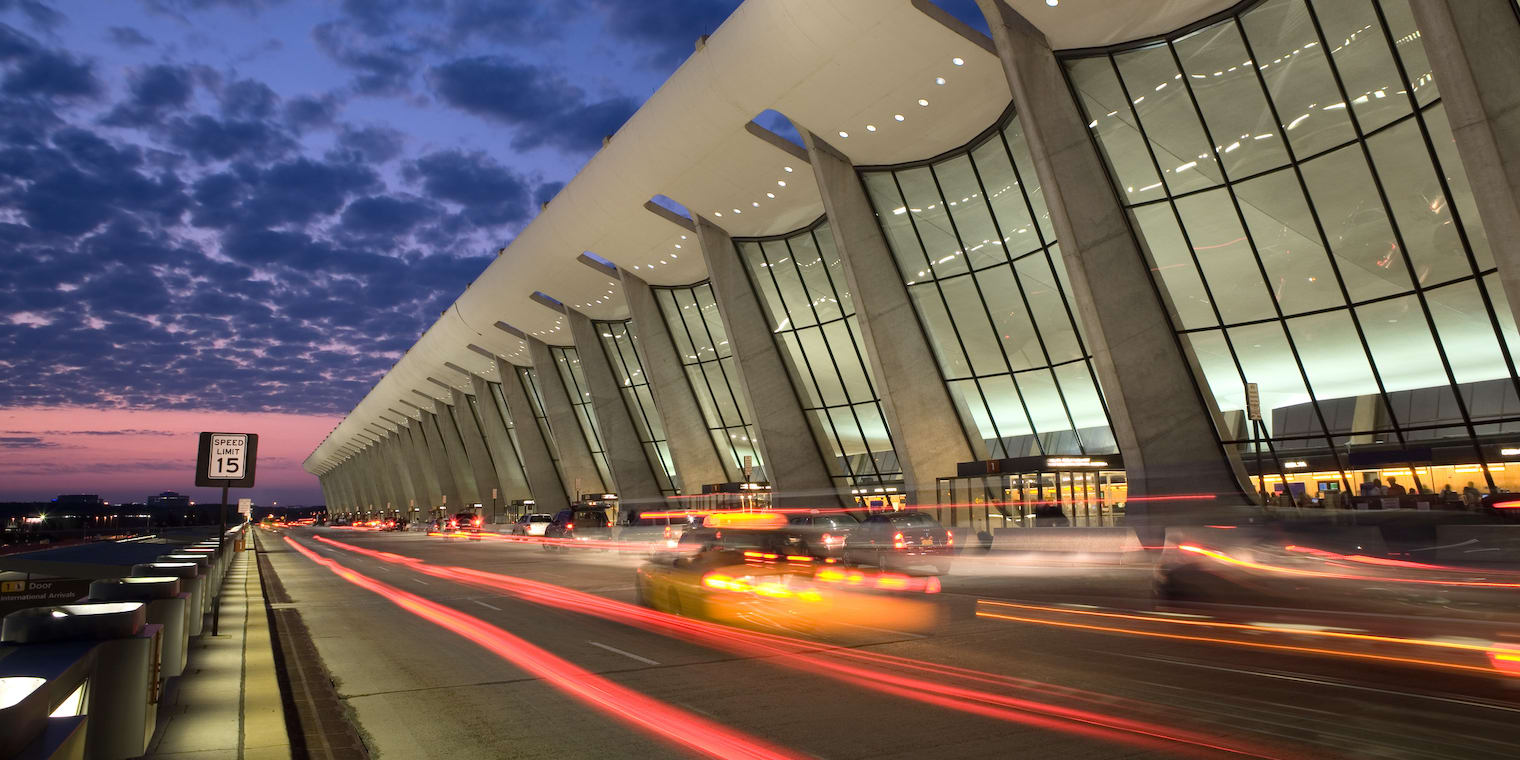Maximizing ROI on Business Travel

Business travel was never a straightforward financial transaction. There are intangible benefits to meeting in person that strengthen a company’s relationships while closing a deal. But it’s time that employees’ growth, productivity, and satisfaction become a part of that equation.
In a shift from the traditional ROI focused primarily on financial gain, companies are approaching ROI with a 360-degree view of travel’s potential to boost or bury productivity, industry connections, employee satisfaction, and overall wellness. This perspective defines a new era of business travel ROI that will result in financial, sustainability, and team growth.
Leaders from TripActions and Hilton Hotels came together earlier this month to explore this concept of a comprehensive ROI in a TripActions Master Class. The Master Class series features insights from the world’s most influential travel companies on best practices, travel and expense program tips, and use cases for maximizing operational efficiency.
Hilton executive directors Christiane Cabot Bini and Andrew Craghill joined TripActions Director of Product Management Sean Callinan to discuss the idea of a 350-degree ROI while touching on loyalty’s role in delivering a better business trip how blended travel supports employee satisfaction and retention.
Watch the full webinar “Maximizing ROI on Business Travel,” sponsored by Hilton Hotels.
According to research firm Oxford Economics, companies realize $12.50 in incremental revenue and $3.80 in profits for every dollar invested in business travel.
But companies today should be taking a more holistic consideration of business travel’s ROI that includes sustainability, employee productivity, industry connections and networking, employee satisfaction, mental health, and more.
Fifty percent of people recently surveyed by Hilton responded that they felt it was really important that their 2023 travel really addressed their physical and mental wellness,” said Andrew. “Hilton continues to innovate to meet that need and help support their wellness priorities."
“It’s increasingly important that we remove stressors when we travel. That means different things to different people: It could be staying in a hotel with a great gym or making the most of downtime to explore the city,” said Christiane. “Travelers can customize their experience with technology."
Since the onset of the pandemic, TripActions has seen a marked shift in business trips that contain a weekend. In 2019, 31% of business trips included a weekend. Now,that share has grown to 35%. TripActions has been out in front of this rise in blended travel, allowing travelers to extend business trips with personal time while keeping payment and accounting separate.
“This trend has accelerated, and we see this in our data: One of the key areas of performance rebound post-COVID has been that bleisure travel,” said Andrew. “The pandemic has really changed how people work, and it’s opened new doors for the travel industry. Everybody’s work is changing so that people are going to be more mobile, on the road more often, generating opportunity and creating more engagement and connection.”
Business trips have increased, on average, by one and a half days, said Christiane, attributing the change to bleisure stays.
The type of stay patterns that Hilton would expect for the business travel segment has fundamentally changed. Tuesdays and Wednesdays were typically the peak night for a city hotel — but their properties haven’t seen that trend return yet. People are adding on more nights over the weekend, suggesting that Thursday night is the new Tuesday night in the business travel market.
“This is an important component around traveler satisfaction, retaining your best employees,” said Andrew.
Sustainability is an interesting factor to consider regarding business travel ROI.
“On the surface, it seems like meeting virtually would produce the highest ROI for the environment. But as we’ve discussed, there are too many benefits to meeting in person to staying behind a screen; therefore, the goal becomes managing the environmental impact of travel and choosing the most sustainable mode of transportation whenever possible,” said Sean.
That’s possible with the TripActions Sustainability Suite, which offers real-time data, tools, and information to track and reduce carbon emissions. With access to this new information, organizations can truly harness data to make insight-driven decisions that minimize their carbon footprint and offset what can not be reduced.
With just a few business weeks standing before us and 2023, now is a pivotal moment to consider how to maximize the ROI on business travel for companies and individual travelers. Travel leaders need to take this opportunity to define a new era of business travel ROI from a holistic perspective and what impact it will have on the organization’s strategies and individual performance.
Download the TripActions Guide, 5 Travel Program Management Changes To Make Now for 2023, to learn about the strategic tweaks that can help your program finish the year strong and provide momentum into 2023.
This content is for informational purposes only. It doesn't necessarily reflect the views of Navan and should not be construed as legal, tax, benefits, financial, accounting, or other advice. If you need specific advice for your business, please consult with an expert, as rules and regulations change regularly.
Frequently Asked Questions
More content you might like
Take Travel and Expense Further with Navan
Move faster, stay compliant, and save smarter.